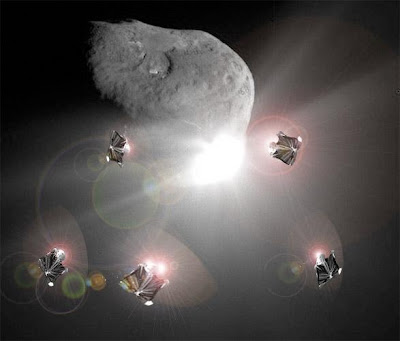
Sure Aston Martin One-77 is not even a dream car for most people, with their limited production numbers and price mahoosive. However, this car is the epitome of what a British car can be hyper. It is a glorious feat of engineering. So to know the car and how it is built is a privilege for all men in the car. Now, National Geographic offers you that opportunity.
For the first time on television, latest Aston Martin production car, the One-77 will be posted on the popular National Geographic Megafactories.
Installing One-77 is in its own separate building created especially within the company's world headquarters in Gaydon, Warwickshire. Within the space of production facilities of the laboratory and distinctive in design and detail, an open plan 1,000 square meters of space m serene with its white walls and ceiling of the apartment building with four positions and a lot of specialized equipment and tools. Installation is a marked departure from a place of production of conventional cars, each car is static throughout the building, instead of progressing from one station to another.
For the first time on television, latest Aston Martin production car, the One-77 will be posted on the popular National Geographic Megafactories.
Installing One-77 is in its own separate building created especially within the company's world headquarters in Gaydon, Warwickshire. Within the space of production facilities of the laboratory and distinctive in design and detail, an open plan 1,000 square meters of space m serene with its white walls and ceiling of the apartment building with four positions and a lot of specialized equipment and tools. Installation is a marked departure from a place of production of conventional cars, each car is static throughout the building, instead of progressing from one station to another.

















